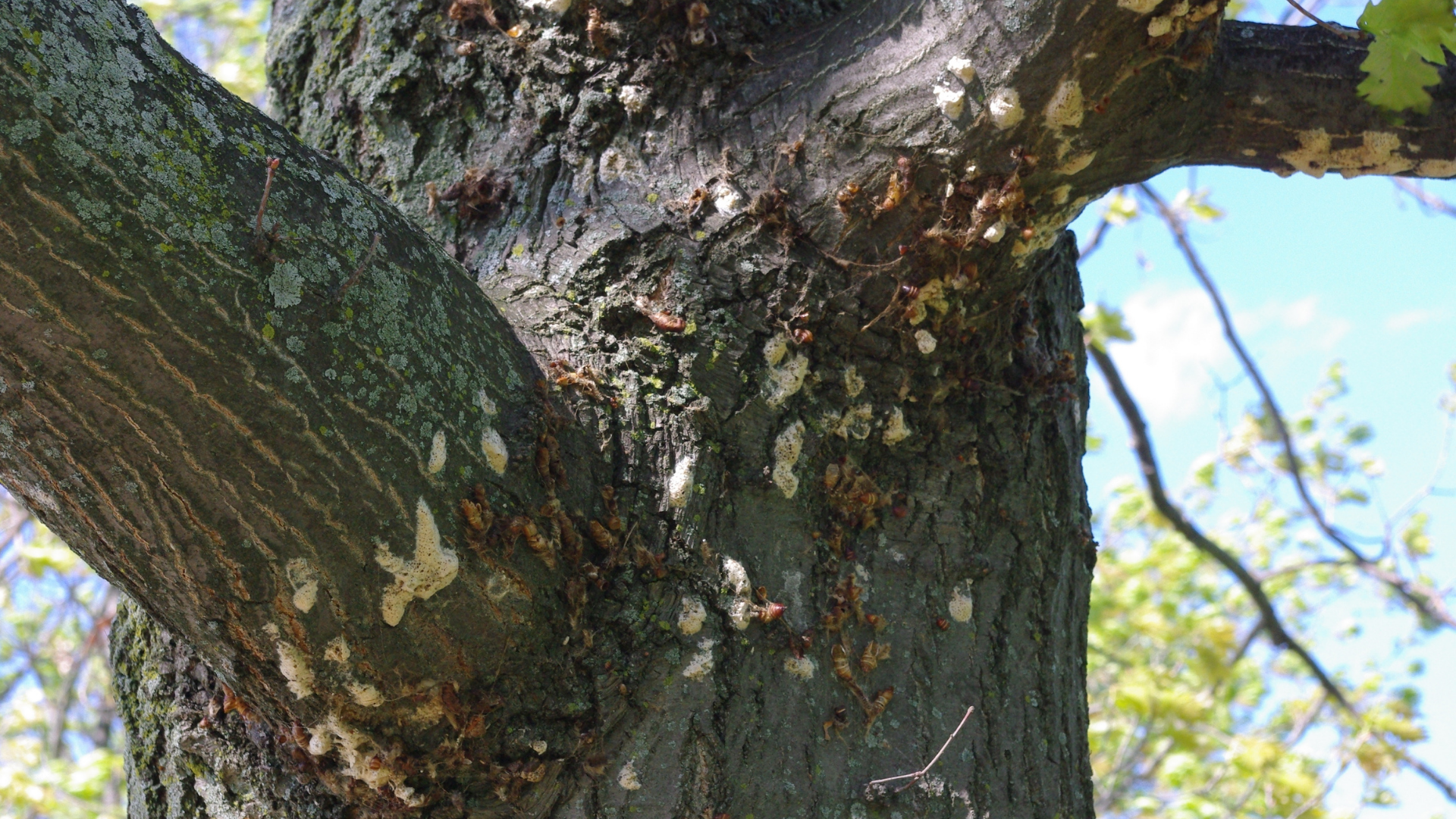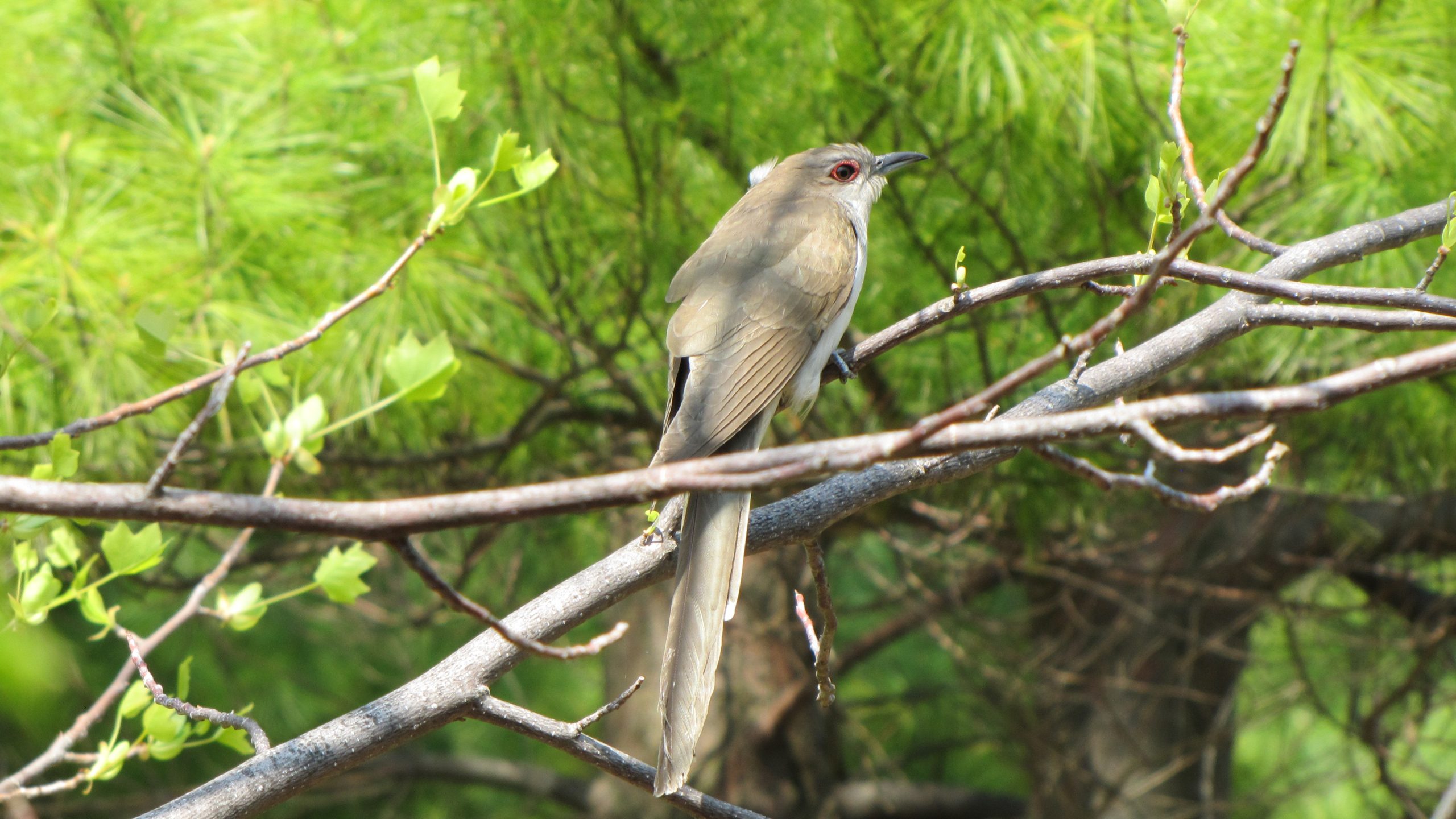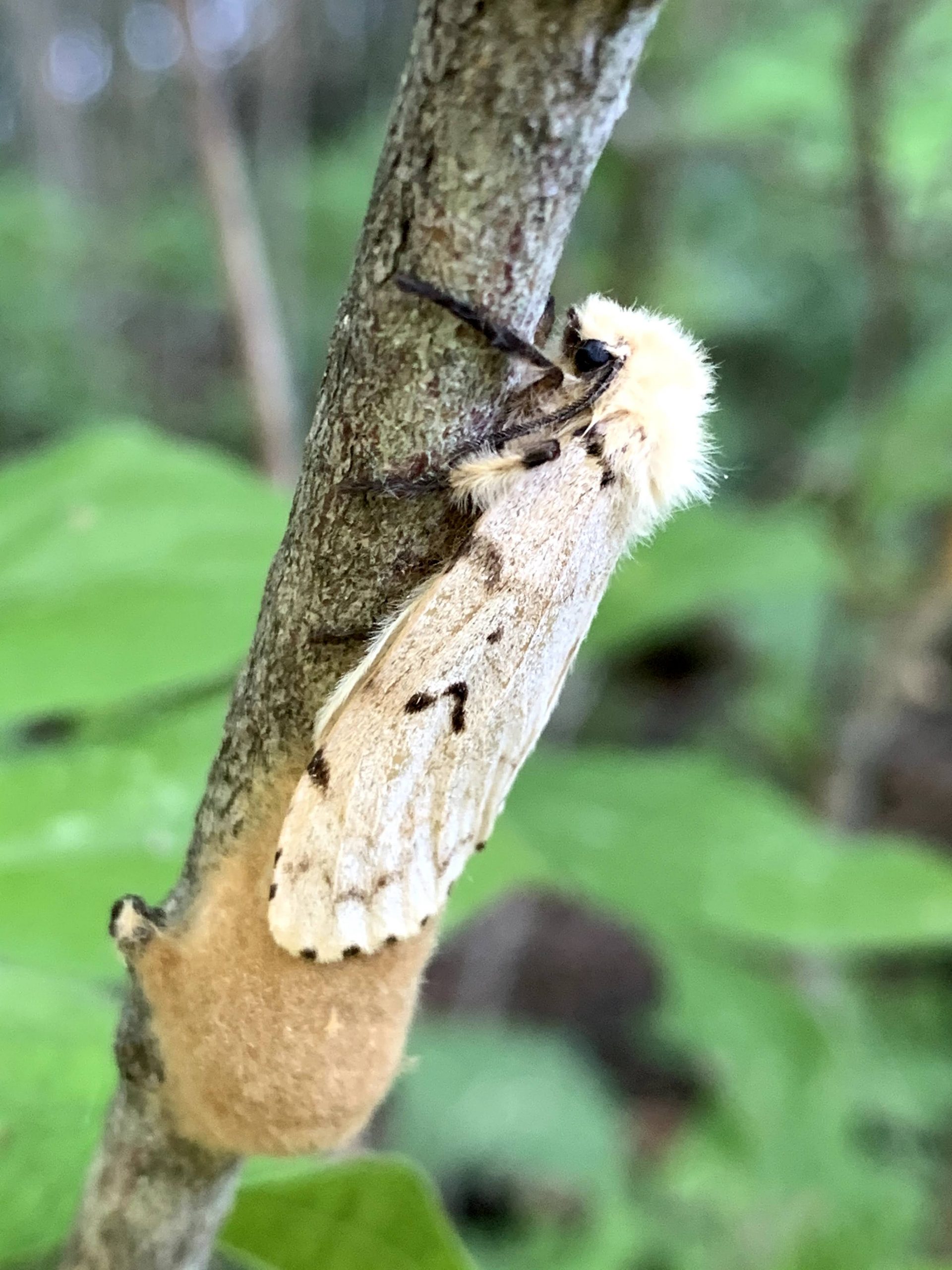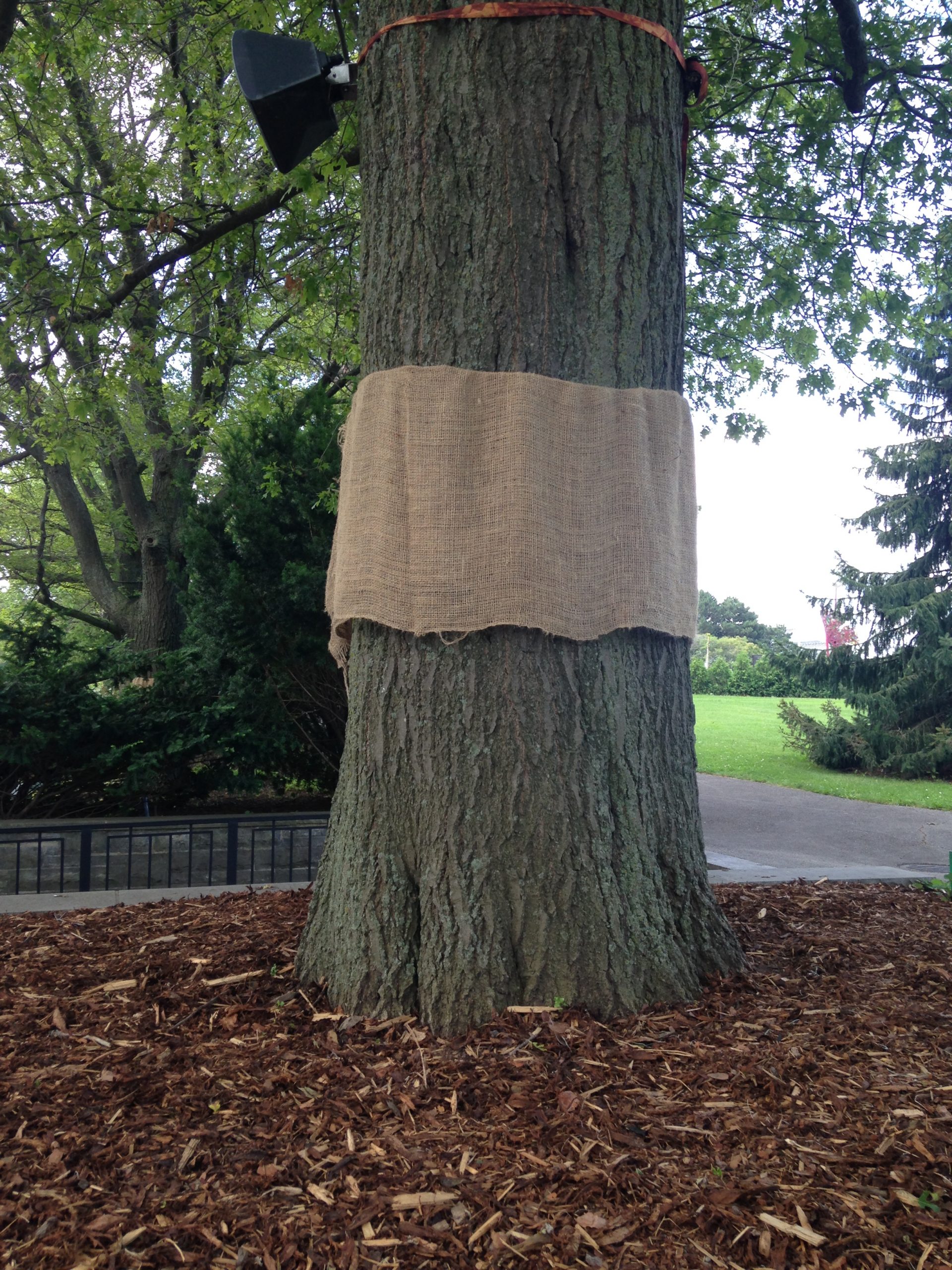| Membership | Price (+HST) |
|---|---|
| Single | $85/year |
| Single Plus | $120/year |
| Family | $130/year |
| Family Plus | $175/year |
| Contributing | $300/year |
| Supporting | $600/year |
| Sustaining | $1,000/year |
| Benefactor's Circle | $2,500/year |
| Director's Circle | $5,000/year |
| President's Circle | $10,000/year |
Controlling an Invasive Species: Spongy Moths
By Christie Brodie, Interpretation Projects Coordinator, Royal Botanical Gardens.
Last summer, Spongy Moth (Lymantria dispar dispar, formerly known as LDD or Gypsy Moth) populations were booming. Many people were asking questions about the caterpillars eating their trees, so we wrote a blog about it. Now that spring has sprung and the days are getting longer and warmer, we are anticipating an echo-boom of the invasive moths again this summer. Spongy Moth outbreaks occur approximately every 7–10 years and last typically 3–5 years.


Through monitoring efforts, our terrestrial ecologists have been able to identify hotspots for Spongy Moth egg masses along the south shore of Cootes Paradise Marsh and at Rock Chapel. The fuzzy brown egg masses were laid this past summer and are waiting for enough accumulated warmth for the caterpillars to emerge. In each egg mass there can be up to 1,000 eggs!
The larvae (caterpillars) of the Spongy Moth feed on the leaves of hundreds of trees and shrubs but tend to prefer oak trees. Since oaks are a staple in the Carolinian forest, these non-native pests are threatening this unique ecosystem.

Unfortunately, there aren’t enough natural predators that can tolerate the irritating hairs of the Spongy Moth to help control their populations. Insect-loving and caterpillar-eating birds like Cuckoos are not common enough to effectively control the bursts of Spongy Moth populations.
While these invasive moths are a common invader in our nature sanctuaries, they are often found in urban settings as well. You may find egg masses on your outdoor furniture, camping equipment, trailers, as well as on the bark of trees. They tend to prefer sheltered areas and the underside of branches.
Hand removal by scraping off the egg masses and disposing of them is a simple way to get rid of them from surfaces in your backyard and help control their population. We recommend wearing safety glasses when removing the eggs since the fuzzy protective cover on the masses can be an eye irritant. Soak any collected egg masses in soapy water for 24–48 hours before disposing of them to ensure the caterpillars won’t emerge. While the hand-picking method can be effective at home, it would not be possible in our nature sanctuaries, so we turn to other means of population control.


Another option to control Spongy Moth populations is using tree skirts later in the summer (like in this photo in Hendrie Park). This physically blocks caterpillars from crawling up the tree, as shared in our previous blog post, The Moths Eating Our Trees.
To control severe outbreak populations of Spongy Moths, sprays are applied to trees during a short window in the spring. The sprays use a bacteria-based bio-pesticide that specifically affects the digestive system of the early instar caterpillars. Trees are treated by spraying them individually from the ground or, if treating a larger area such as a forest, by using an aircraft for aerial application.
Visit the City of Hamilton or City of Burlington websites for more information on the spray programs for our local municipalities.
More from the RBG Blog
Check out RBG’s blog for announcements, articles, and more from Canada’s largest botanical garden.
Want to be sure you hear first? Sign up for our weekly e-newsletter to hear about upcoming events, weekend activities, articles, and more!












